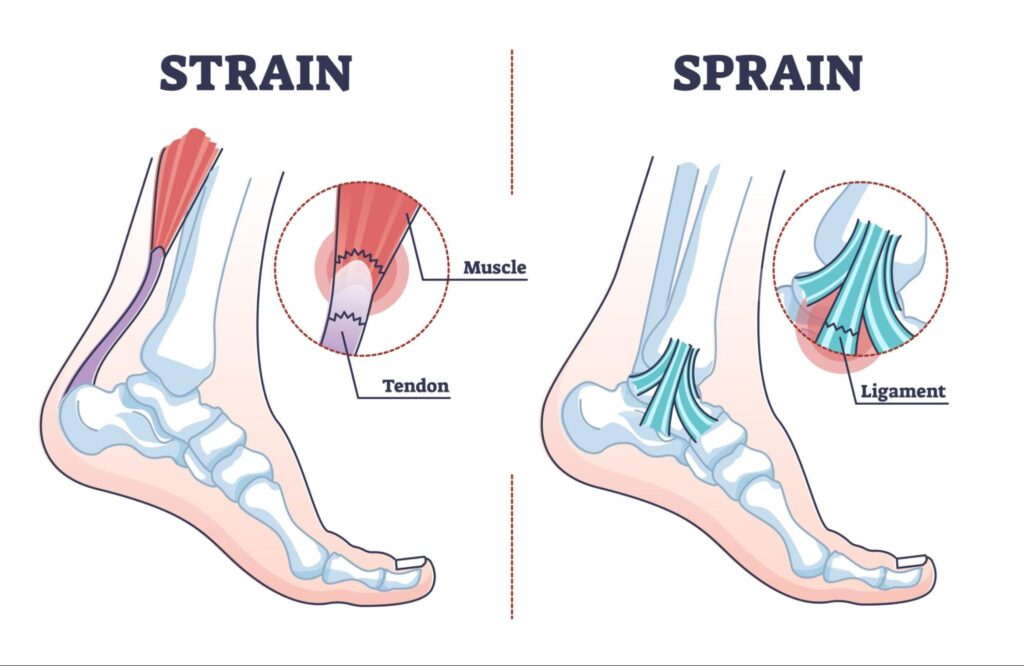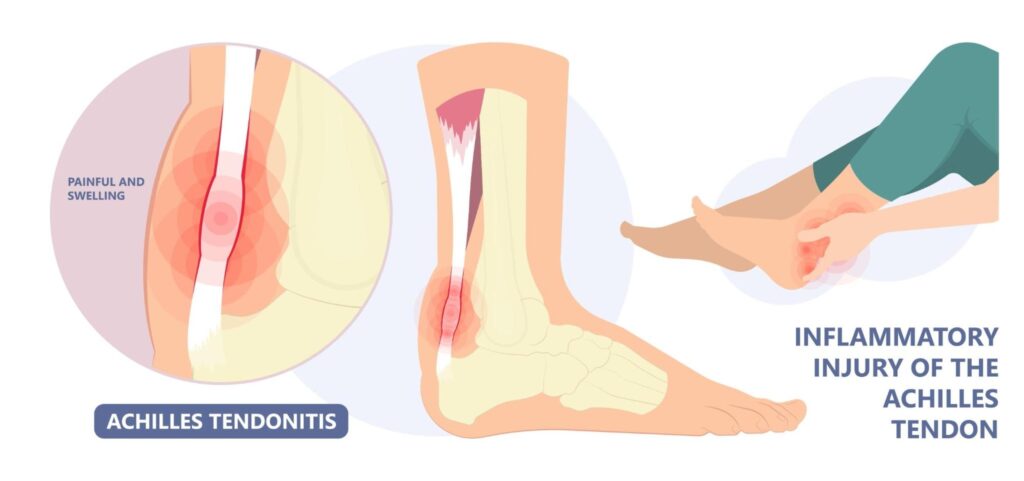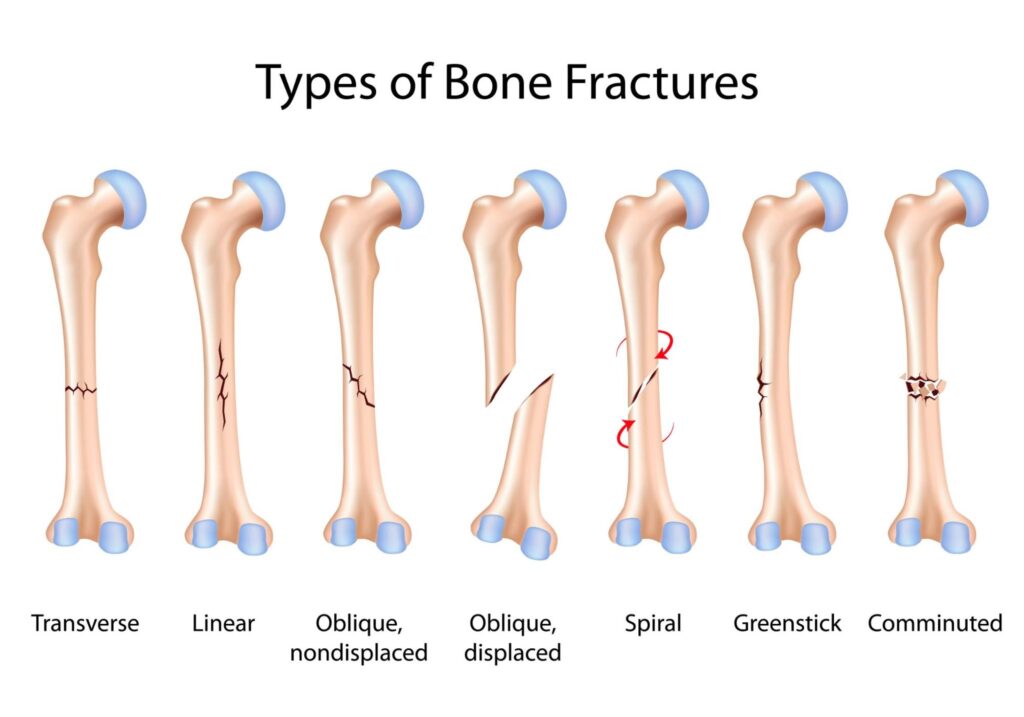Sports injuries can be both physically and emotionally taxing for athletes. Whether you’re a professional athlete or someone who enjoys recreational sports, dealing with an injury can be frustrating and painful. Fortunately, there’s a regenerative procedure called Prolotherapy that is gaining recognition for its effectiveness in not only alleviating pain from sports injuries but also enhancing performance.
Understanding Sports Injuries
Sports injuries are a common occurrence in the world of athletics. These injuries can range from minor sprains and strains to more severe conditions like ligament tears and fractures. Athletes put their bodies through rigorous training and competition, making them susceptible to various types of injuries. Some of the most prevalent sports injuries include:

Sprains and Strains: These are common injuries that involve the stretching or tearing of ligaments (sprains) and muscles or tendons (strains). They can occur in various parts of the body, such as the ankle, knee, or shoulder. Sports-related sprains and strains often result from sudden, forceful movements, improper warm-up, or overexertion.

Tendonitis: Inflammation of tendons, often caused by repetitive overuse, is known as tendonitis. It can affect areas like the Achilles tendon, rotator cuff, or elbow tendons. Tendonitis is a common issue among athletes, especially those involved in sports that require repetitive motions, such as running, tennis, or baseball. Some common types of tendonitis include rotator cuff tendinitis, tennis elbow (lateral epicondylitis), golfer’s elbow (medial epicondylitis), and Achilles tendinitis.

Fractures: A fracture occurs when there is a break or crack in the bone, and it can range from a hairline fracture to a complete break. Fractures can result from high-impact sports such as football and hockey or traumatic injuries, and they require immediate medical attention.

Cartilage Damage: Cartilage is a tough, flexible tissue that covers the ends of bones in a joint, providing cushioning and allowing smooth, pain-free movement. The cartilage can be damaged due to intense physical activity, particularly those involving repetitive motions or sudden impacts, leading to conditions like osteoarthritis. Some types of cartilage damage include articular cartilage injury, meniscus tear, labral tears, and chondromalacia patellae.

Ligament Tears: Ligaments are strong, fibrous tissues that connect bones to other bones, providing stability to joints. Ligament tears are prevalent in sports due to the sudden stops, pivots, and directional changes that athletes frequently undergo. Common ligament injuries include anterior cruciate ligament (ACL), medial collateral ligament (MCL), lateral collateral ligament (LCL), rotator cuff tear, and Achilles tendon rupture.
Traditional Treatments vs. Prolotherapy
Traditionally, sports injuries have been treated with rest, physical therapy, pain medications, or, in severe cases, surgery. While these methods can be effective, they often involve extended recovery periods, and in some cases, surgical procedures carry risks and potential complications.
Prolotherapy, short for “proliferative therapy,” is a non-surgical, regenerative procedure that offers a different approach to addressing sports injuries. It stimulates the body’s natural healing response, addressing the root cause of pain and dysfunction.
How Prolotherapy Works
Prolotherapy involves the injection of a natural solution, typically dextrose and lidocaine, into the injured or painful area. This solution is designed to irritate the damaged tissue slightly, triggering the body’s inflammatory response. This response encourages the production of collagen and other healing components, promoting tissue repair and regeneration in the injection site.
Prolotherapy addresses the underlying condition, not just the symptoms. During the series of procedures, your body initiates a gentle inflammatory response, signaling the regeneration of connective tissues essential for stabilizing the injured joint.

Key Benefits of Prolotherapy for Sports Injuries
Accelerated Healing
Prolotherapy stimulates the body’s natural healing mechanisms, which can lead to accelerated tissue repair. For athletes, this means a faster recovery from sports-related injuries like sprains, strains, and tears.
Targeted Pain Relief
Prolotherapy directly addresses the source of pain by promoting tissue repair and reducing inflammation. Athletes can experience effective pain relief without relying on long-term pain medications, which may have side effects or limitations.
Restored Functionality
Sports injuries can limit an athlete’s range of motion and overall functionality. Prolotherapy encourages the regeneration of damaged tissues, helping athletes regain their full mobility and flexibility. This is crucial for returning to peak performance.
Minimally Invasive Procedure
Unlike surgical interventions, Prolotherapy is a minimally invasive procedure. It involves injecting a solution (often a dextrose-based solution) into the injured area to stimulate healing. This approach reduces the risk of complications associated with surgery and significantly shortens downtime.
Long-lasting Results
One of the remarkable aspects of prolotherapy is its potential for long-lasting results. Instead of merely masking symptoms, prolotherapy promotes natural healing and tissue regeneration. This can reduce the likelihood of recurrent injuries and provide athletes with sustained relief.
Prolotherapy and Performance Enhancement
What sets prolotherapy apart from traditional treatments is its potential for performance enhancement. Athletes who undergo prolotherapy not only recover from their injuries but often find themselves performing better than before.
Here’s how prolotherapy can enhance athletic performance:
✔️ Prolotherapy strengthens weakened or damaged ligaments and tendons, providing better support to joints. This increased stability can help athletes avoid future injuries.
✔️ Pain-free athletes can train more effectively and push themselves harder during workouts and competitions.
✔️Improved joint function and reduced pain mean better range of motion and flexibility, crucial for athletic performance.
✔️Prolotherapy’s accelerated healing process means athletes spend less time sidelined due to injuries.

Prolotherapy is changing the game for athletes dealing with sports injuries. Its regenerative properties not only facilitate faster recovery but also offer a potential boost in performance. If you’re an athlete looking to recover from a sports injury or enhance your performance, consider exploring Prolotherapy. At Greenberg Regenerative Medicine, we are dedicated to helping athletes get back in the game, healthier and stronger than ever. Schedule a consultation with us today or call us at 833-440-4325 and take the first step towards a pain-free, high-performance future.




